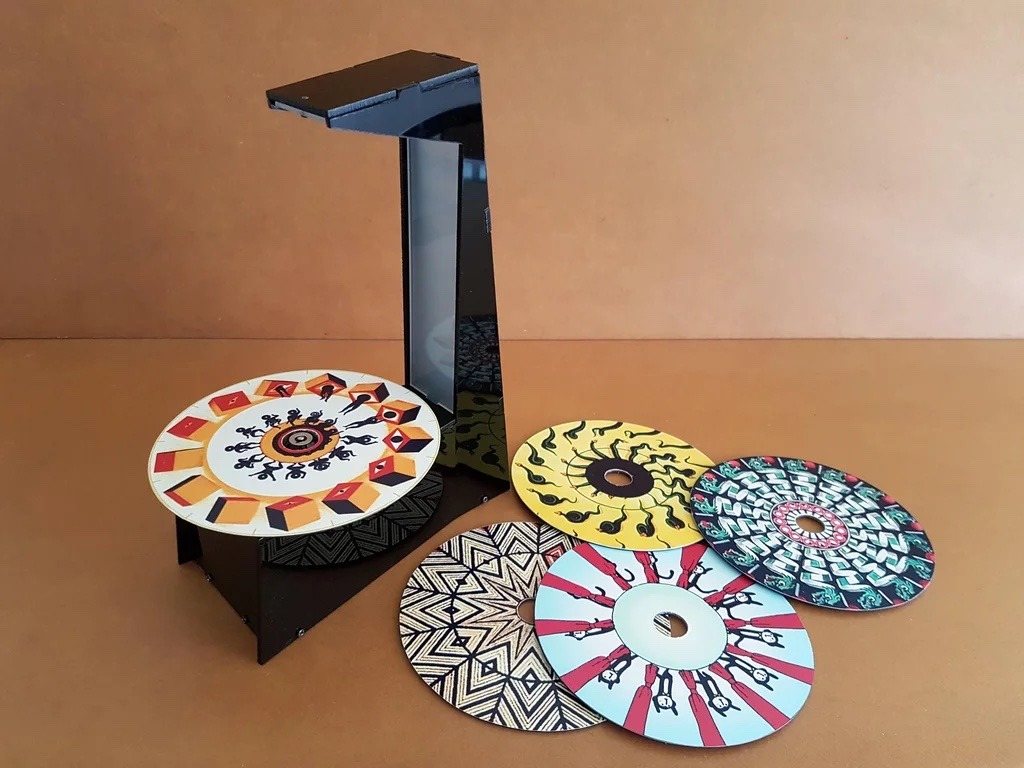Putting a modern spin on the phenakistoscope

The phenakistoscope was invented in the 1800s as a way to view a series of moving pictures on a spinning disc. While the traditional implementation is ingenious in its own right, Nick Lim has created his own take on this venerable concept, using strobing light to break up frames instead of the slits-and-mirror arrangement of the original.
His system utilizes a repurposed CD-ROM BLDC motor to rotate the discs — which feature phenakistoscope patterns that were printed out and pasted on top — and an overhead array of strobing LEDs to make the images come to life.
An Arduino Nano controls the device, regulating motor speed and direction via a pair of L293D ICs, along with strobing frequency using a MOSFET. The result is a looping mini-video player that, unlike its inspiration, allows a few people to observe the animations at the same time!